LET’S BE FWENDS ISSUE #71:
WHAT CAN WE LEARN FROM BROKEN BONES?
“It’s easier to ask forgiveness than it is to get permission.” ~ Grace Hopper
Who’s my boss (anyway)?
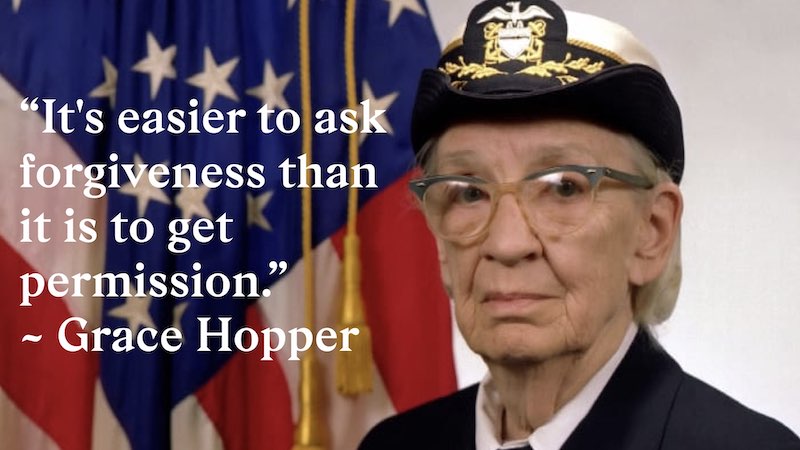
A burning question for everyone working in a self-organised setting (empowered product team, scrum team, or any team with end-to-end responsibility, really): Who’s the boss around here?
It might be less obvious in Agile organisations, but in legacy corporations, the question of authority and command is a pressing one.
I gave a short talk on the topic at Scrumclub Dornbirn, and since some people expressed interest, I translated the slides and my notes, to create something like translated transcript.
Thanks to Conny Zumtobel for the inspiration regarding the topic and to the Scrumclub for having me!
The oldest companies in almost all countries
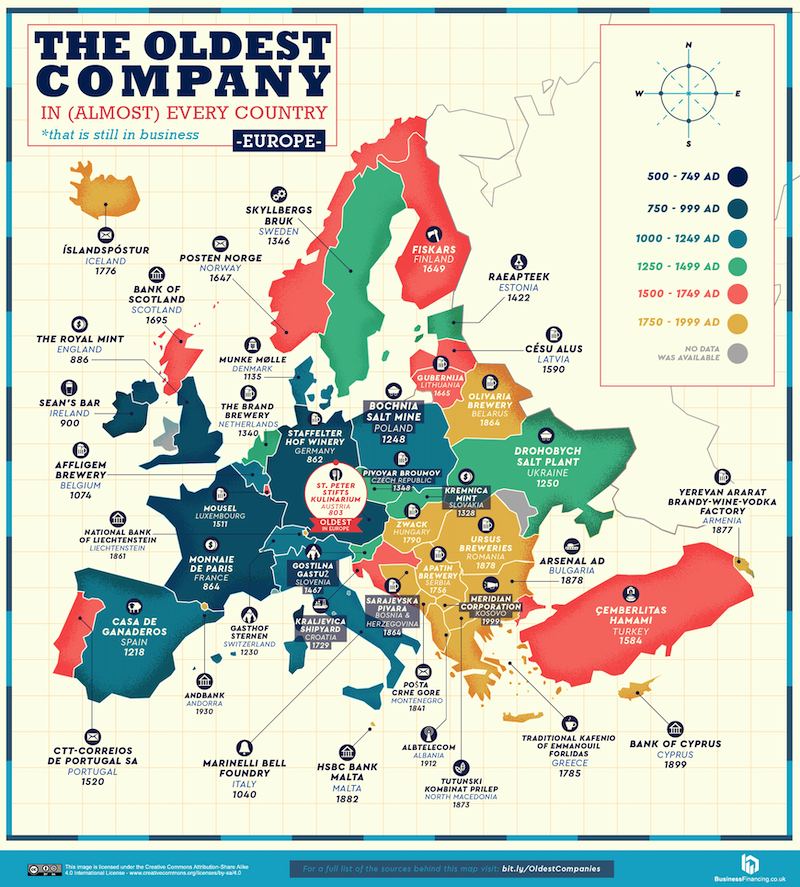
Speaking of “old ways” and “legacy”: How old is “old” when it comes to companies?
Here’s a neat map showing the oldest, still existing company in each country.Of course, “still existing” is relative (given that any company older than say 50 years is no longer the company it used to be at the start), but it is an interesting look at continuity, and the roots of our economies (check out how many of these companies are in the food sector).
I would take every listing outside of Europe with a grain of salt - I doubt that entrepreneurial activities in Africa started only in the 19th century, but maybe these enterprises weren’t called “Company” back then.
When can you tell that civilization has emerged?

There’a thing making its rounds on social media: Renowned cultural anthropologist Margaret Mead was asked what she considered to be the first signs of civilization.
To much surprise, her answer was not “pottery”, or fishing utensils, or similar artefacts. Instead, she said the sure sign that something like civilization has emerged was a healed broken femur (leg bone).
Her reasoning was this: Even a simple break of the femur takes at least 6 weeks to heal, a time during which the subject would be unable to move. A death penalty if everyone would have to fend for themselves. You would either starve to death, or be killed by predators. Finding healed femurs at an archeological site means that someone has been taken care of by someone else for at least 6 weeks, so that their bones could heal, and the person could survive.
It’s not undisputed wether she actually said that, but regardless of who said it or thought about it: This is a very powerful take on what makes a society. It’s not the division of labour, the creation of hunting tools or storage vessels. The basic building block of civilization is care.
I think there’s a lesson here for all of us: “Civilisation” - forward-looking, planning, progressive, and stable social structures emerge not when we build and do things, but when we start taking care for each other. When everybody enjoys some sort of freedom because their physical and psychological safety is guaranteed.
Highlight the Blemishes
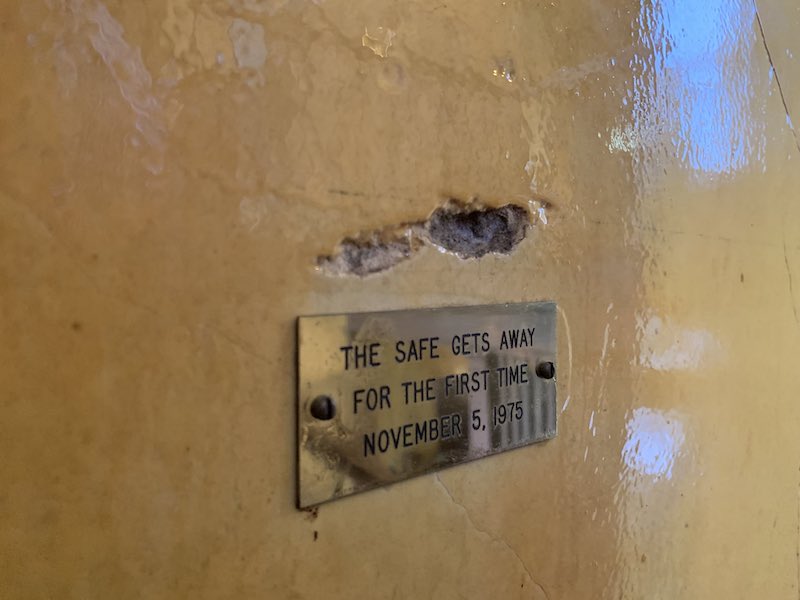
Speaking of broken things: In a time of mass-production, when is a thing really unique? When it loses its pristine condition. When it breaks, when it gets scratches, when it bends. Apparently, there’s a french saying that roughly goes like this: “If a car doesn’t have a dent, it’s not a car”. And there’s this materialistic tendency to hide this flaw from the world, to polish it out, so cover it up, so that no-one sees that the thing is not “as new”.
But then there’s Kintsugi, the japanese art of fixing broken porcelain in a way that highlights the broken pieces. Which celebrates uniqueness and the traces of use.
And in this vein, there’s this house where each sign of usage has its own commemorative plaque.
How many plaques would you have to add to your house? Or your bike?
Transdisciplinary Learning
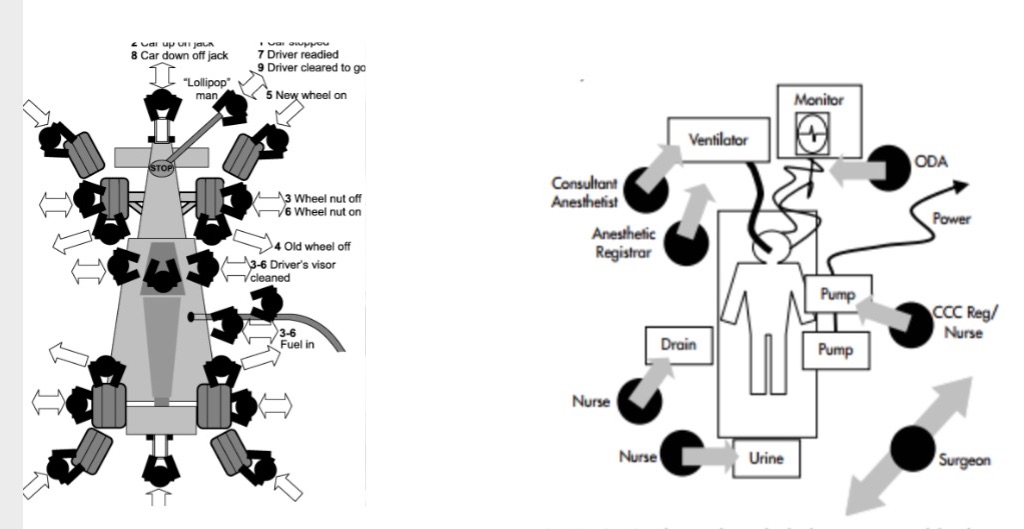
What I love about my job of designing organisations and how we work is that inspiration literally can come from everywhere. I especially like to glance over to fields where the stakes are high, and where a lot of energy and resources are invested into experimenting and finding out how to organise work best. One of those fields is medicine, and the other is any kind of organised sports. Of course I love this story where both of those fields team up, and a medical team finds out what it can learn from a Formula-1 pit crew.
The weird analogy of a patient to a sports car taken aside, the concept of specialisation and being responsible for one thing, and one thing only seems to work on medicine as well.
And it’s also worth pointing out what happens when things go wrong:
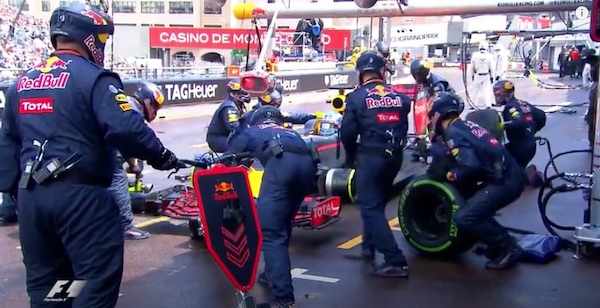
As you can see: Nobody panics (except for the mechanics scrambling to get the tires) and focuses on their tasks instead. They trust their colleagues to do their jobs as fast as possible, and don’t want to add to the confusion. Much better than everyone running around scared, botching their jobs as well, and making things even worse.
Hum that song that’s stuck in your head
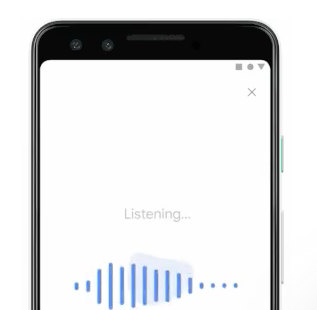
Hey, did you watch “Married with Children” as a kid? And do you remember the episode were Al heard a song on the radio but couldn’t remember its name? And needed some divine intervention to finally get a record of it?
As Nietzsche so profoundly put it: God is dead, and at least we don’t need her for identifying the tunes haunting our heads: Google takes this place now.
The 10.000 hour rule
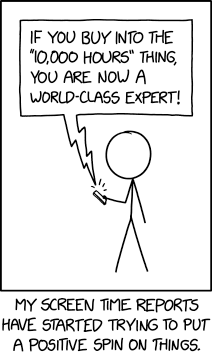
This thing has been throughly debunked by now (read one of the first issues of this humble journal for more information about the 10.000 hour rule and what it actually means to learn something), but I’m thinking about reconsidering my ideas about that.
BOOM!
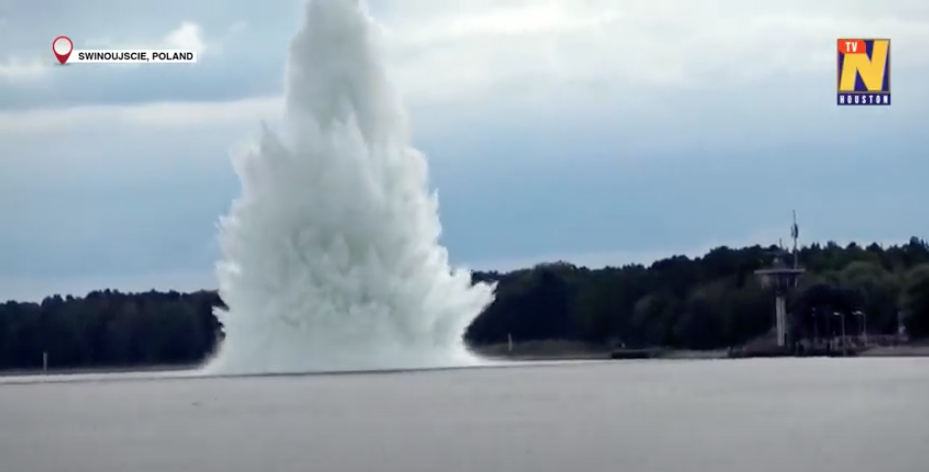
That is a mighty big explosion coming from a mighty big bomb.That’s it for this edition of Let’s be Fwends. High-fives to everyone out here taking care of their fellow humans instead of building bombs. 🤕
Subscribe to Let's be Fwends